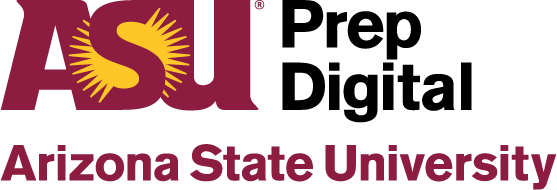Originally published in the Arizona Capitol Times.
Teacher shortages are hardly new, but Covid has accelerated resignations at a rate that is dramatically outpacing other professions. Federal data shows that from January to November 2021, quits in the educational services sector rose 148%. (By comparison, another employment sector beleaguered by the pandemic—retail services—saw a 27% increase in that time period.)
So many teachers and school support staff leaving their jobs—many in the middle of a school year—leaves a deep mark on students. Beyond the disruptions to student learning, losing teachers creates a dearth of peer leaders within a school.
According to national surveys, many of the resigning teachers are 15-year educators, often mid-career teachers who commonly serve as new teacher mentors, department chairs and curriculum committee members. Between veteran teachers taking early retirement and decreasing enrollment in teacher preparation programs nationwide, all areas of the teacher pool seem to be drying up at once.
Faced with the reality of teacher shortages, many states are reducing requirements for teacher credentialing. While doing so accelerates access to the profession, the result is individuals untrained in education.
There are clear advantages to a local entrepreneur teaching business or marketing electives, or a native Spanish speaker filling a gap in a high school’s world language department. However, professionals new to teaching must rapidly build new skills such as classroom management, ESE and ELL strategies, navigating the social-emotional needs of students, and even developing curriculum for online, hybrid and in-person formats.
In the context of resignations, fewer applicants and more candidates lacking formal training, teacher mentoring will be more important than ever before. Research has long demonstrated the efficacy of strong mentoring programs on both teacher retention and student achievement. However, in schools already suffering from personnel shortages, asking peer teachers to design and implement a mentoring program for new hires is not practical.
As the saying goes, modern problems require modern solutions.
School leaders who think outside the physical school building for solutions to teacher readiness challenges will benefit from resources such as virtual mentors. A virtual mentor can be the personalized connection new teachers need while unburdening a mentoring time commitment from current faculty. Virtual mentoring may include weekly one-on-one meetings, live classroom observation via simulcast, lesson development review, and individualized coaching feedback.
High-quality mentoring programs rooted in education, not profit, can effectively partner with staff to deliver weekly sessions, lesson planning support, data deep dives and peer-to-peer mentoring. Vetting potential partners for mission alignment and mutually defining expectations at the outset are key for a smooth implementation.
When executed responsibly, new teacher mentoring provided by remote master teachers can impact teacher retention, job satisfaction and student achievement. In a school environment rife with uncertainty, schools that provide virtual mentoring can rest assured that teachers new to the profession in their school are getting the training and support necessary to deliver high quality instruction all year.
Teresa King is Director of National Partnerships for ASU Prep Digital, an accredited online K–12 school that also partners with school districts to deliver professional development options customized for their needs, including virtual teacher mentoring.


